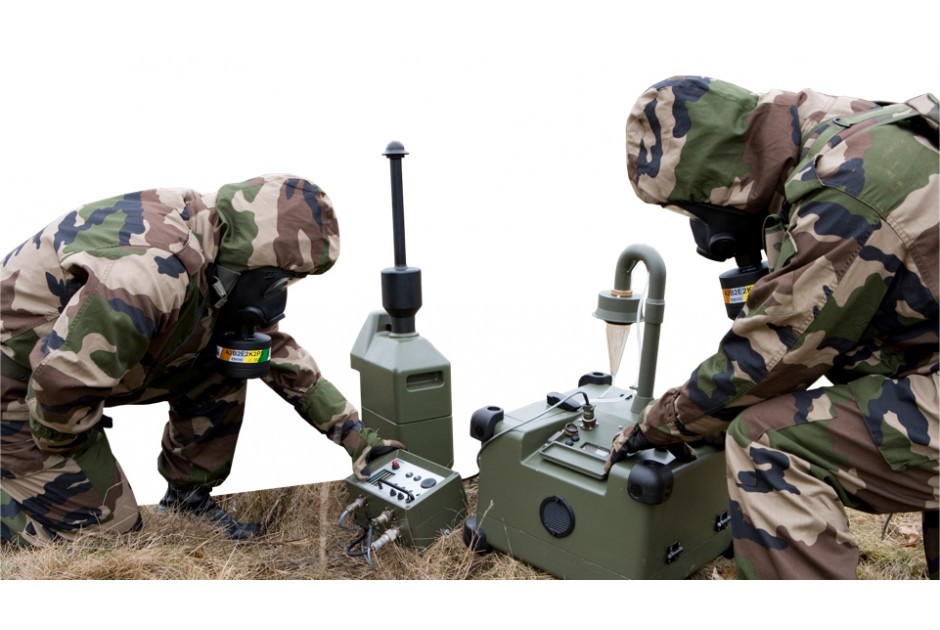ISO 20685 1 3D body scanning anthropometric accuracy validation testing
In military applications, human factors and protective equipment (PPE) design must account for a wide range of anthropometric variations to ensure the safety and effectiveness of personnel. The ISO 20685:2019 standard provides guidelines on validating the accuracy of 3D body scanning systems, which are crucial for anthropometric data collection in PPE design and testing. This service ensures that manufacturers can accurately capture human body dimensions to tailor protective gear effectively.
The ISO 20685:2019 specification outlines methodologies to validate the accuracy of 3D scanners used in the measurement of human body parts relevant to military applications. These scanners play a pivotal role in creating PPE that fits comfortably and effectively, reducing the risk of injury during combat operations.
Anthropometric data is essential for tailoring protective equipment such as helmets, body armor, and other gear to fit various body shapes accurately. This ensures not only comfort but also functionality, which can significantly impact a soldier's performance on the battlefield. Accurate 3D scanning helps in minimizing the margin of error when manufacturing PPE, thereby enhancing safety standards.
Our ISO 20685 1 3D body scanning anthropometric accuracy validation testing service ensures compliance with international standards and provides reliable data for manufacturers to use. This service involves a rigorous process that includes specimen preparation, calibration of the scanner, and detailed measurements. The validated data can then be used in subsequent stages of PPE design, ensuring that every piece of equipment fits its intended user optimally.
Our team of experts ensures that all tests are conducted using state-of-the-art technology and methodologies specified by ISO 20685:2019. This service is tailored to meet the unique needs of military organizations and manufacturers, providing them with accurate anthropometric data essential for PPE design.
The testing process typically involves several key steps:
- Calibration of the 3D scanner
- Preparation of the specimen (human body or mannequin)
- Scanning of critical anatomical points
- Data analysis and comparison with reference standards
- Reporting of results according to ISO guidelines
The data generated from this testing process is crucial for ensuring that the PPE fits a wide range of users accurately. This not only enhances safety but also improves user comfort, leading to better performance in critical situations.
In military applications, accurate 3D scanning ensures that protective equipment can be customized to fit various body types. This reduces the risk of injury and enhances mission effectiveness by providing personnel with gear that fits well and performs optimally.
Our service offers a comprehensive approach to validating the accuracy of 3D scanners used in military applications, ensuring compliance with international standards and providing reliable data for PPE design. The process is designed to be rigorous and precise, ensuring that every piece of equipment meets the highest safety and performance standards.
Applied Standards
| Standard Name | Description |
|---|---|
| ISO 20685:2019 | This standard specifies the methodology for validating the accuracy of 3D scanners used in anthropometric data collection. |
| ASTM F438-16 | American Society for Testing and Materials standard that provides additional guidelines on human body measurements. |
Benefits
Rigorous validation of 3D scanning accuracy ensures compliance with international standards, enhancing the reliability of anthropometric data.
Avoidance of errors in PPE design and manufacturing by using accurate data from validated scans.
Enhanced safety and comfort for military personnel through tailored protective equipment.
Improved mission effectiveness by providing soldiers with gear that fits well and performs optimally.
Cost savings in the long run due to reduced rework and waste from inaccurate scans.





